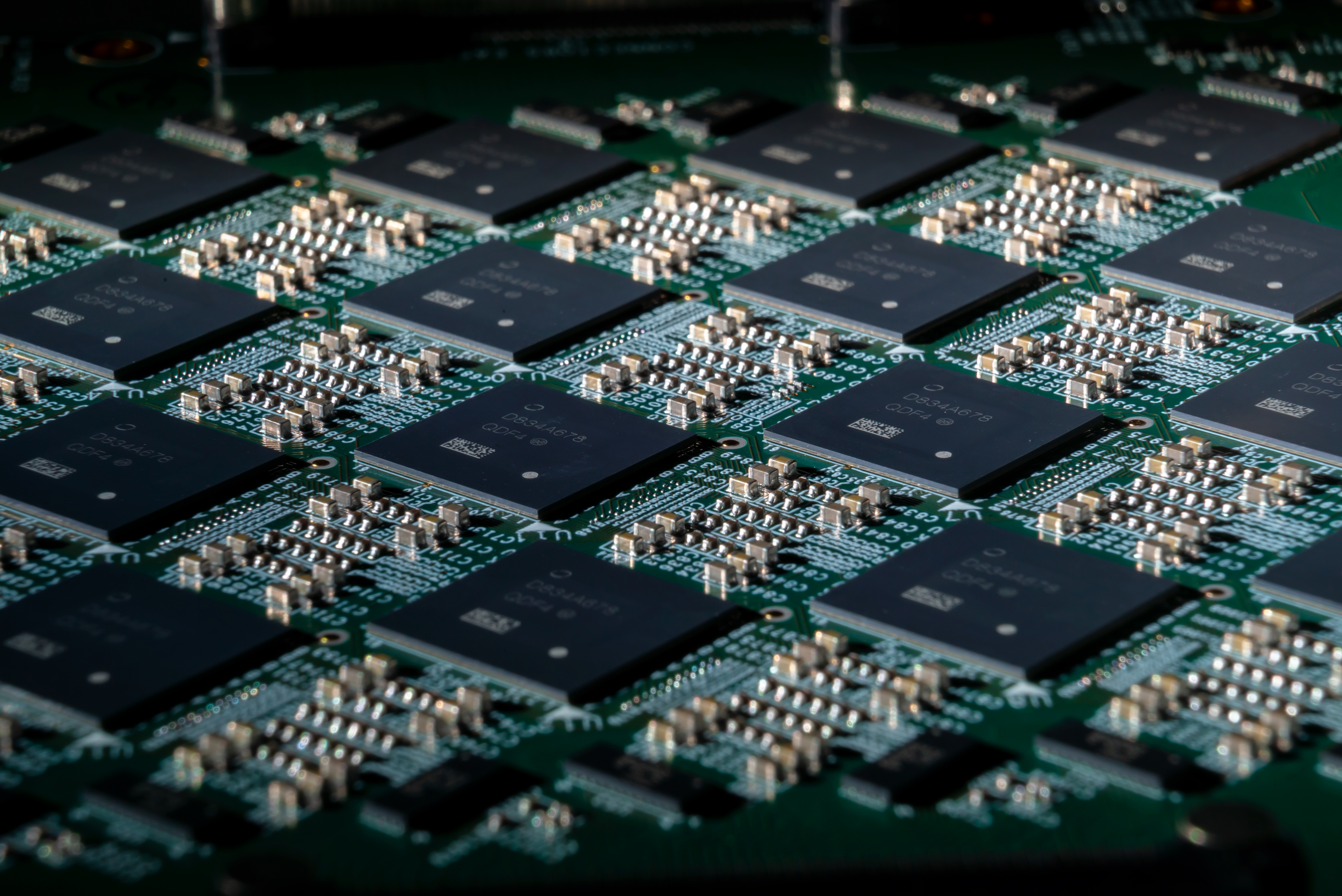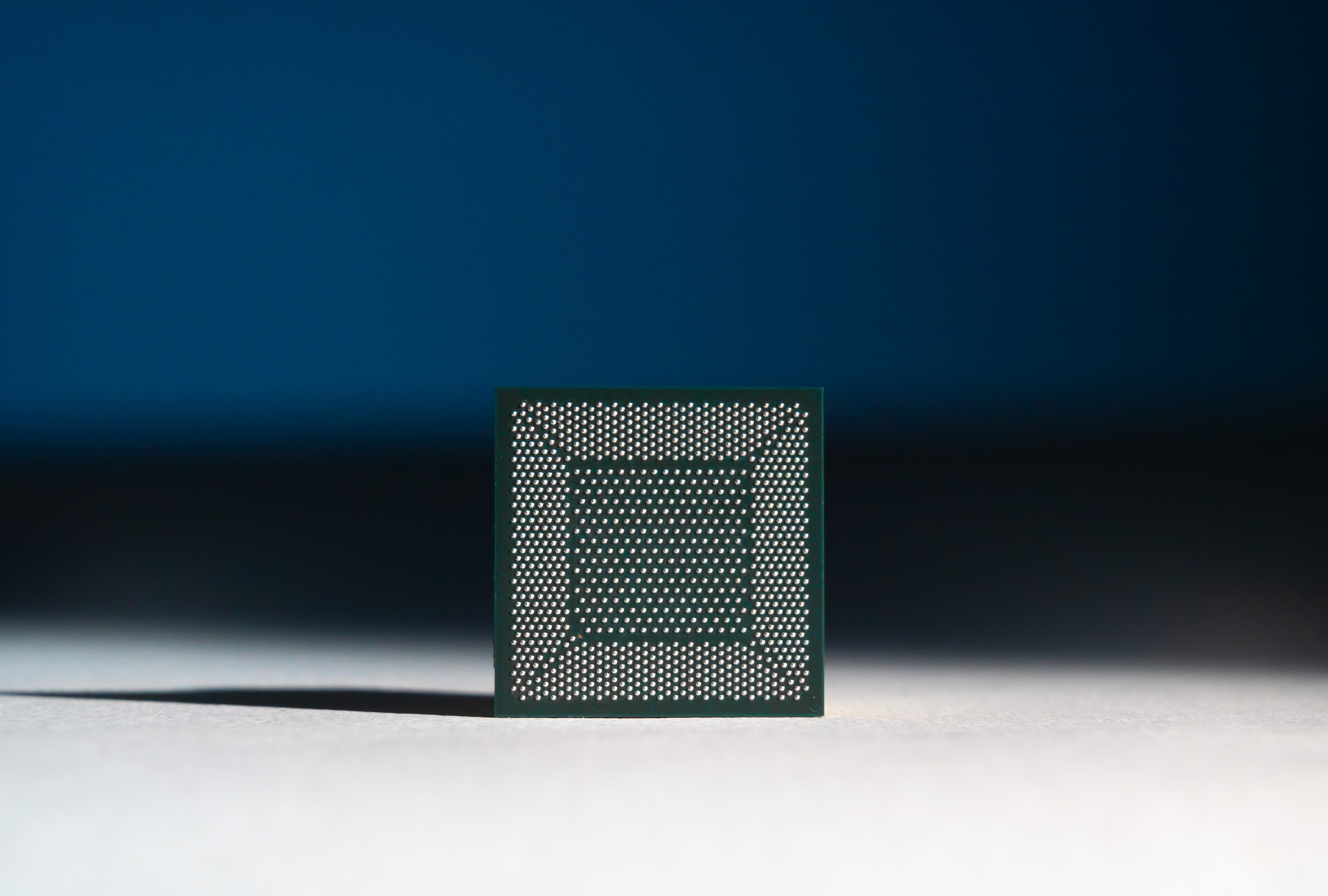 AI
AI
 AI
AI
 AI
AI
Intel Corp. today announced a neuromorphic computing system based on its prototype Loihi chips that aim to simulate how the human brain processes problems.
At the DARPA ERI summit today, Intel Labs Director Rich Uhlig said the system, codenamed “Pohoiki Beach,” is comprised of 64 Loihi chips that he said have the equivalent computing power of 8 million neurons. Intel is planning to make the new system available to 60 of its research partners to experiment with the emerging architecture, which is designed to tackle some of the most complex problems in artificial intelligence.
Intel announced the Loihi chip in September 2017, saying it was capable of incredible learning speeds thanks to its ability to mimic how the human brain functions. The prototype chip can also use knowledge it already possesses to make inferences about new data, speeding up its learning process exponentially over time.
The chip is based on a “neuromorphic computing” architecture that’s inspired by scientists’ current understanding of the human brain and how it solves problems.
Intel’s Loihi chip is only one of many attempts by researchers to improve AI using inspiration taken from human learning. Qualcomm Technologies Inc. has produced neuromorphic chips for several years. IBM Corp. has worked on creating artificial neurons that behave similarly to the human brain. And Alphabet Inc.’s DeepMind team has used deep learning methods that encourage natural learning similarly to the way a child learns new skills.
Intel said the Loihi chips can process information up to 1,000 times faster and 10,000 times more efficiently than traditional central processing units for specialized applications such as sparse coding, graph search and constraint-satisfaction problems.

A single Loihi chip
For now, Intel said, Pohoiki Beach’s real potential lies in solving some of the most difficult computation problems for “internet of things” and other autonomous devices, thanks to Loihi’s extremely low power consumption.
“With the Loihi chip we’ve been able to demonstrate 109 times lower power consumption running a real-time deep learning benchmark compared to a graphics processing unit, and five times lower power consumption compared to specialized IoT inference hardware,” said Chris Eliasmith, co-chief executive officer of Applied Brain Research Inc., which is one of Intel’s research partners. “Even better, as we scale the network up by 50-times, Loihi maintains real-time performance results and uses only 30% more power, whereas the IoT hardware uses 500% more power and is no longer in real-time.”
Intel said it believes the Loihi-based system has the potential to realize “orders of magnitude” gains in speed and efficiency for applications such as autonomous vehicles and smart homes, which need to process data where it’s generated in order to derive true, real-time insights.
Constellation Research Inc. analyst Holger Mueller told SiliconANGLE that the energy-saving capabilities of Intel’s neuromorphic chip architecture are its most notable aspect. “This could make a difference when it comes to infrastructure-as-a-service vendors regarding AI chipset platforms,” he said.
Uhlig added that the Pohoiki Beach system is just the foundation of its neuromorphic computing research and that later this year Intel is planning to release a more powerful system called Pohoiki Springs that can scale to 100 million neurons.
Support our open free content by sharing and engaging with our content and community.
Where Technology Leaders Connect, Share Intelligence & Create Opportunities
SiliconANGLE Media is a recognized leader in digital media innovation serving innovative audiences and brands, bringing together cutting-edge technology, influential content, strategic insights and real-time audience engagement. As the parent company of SiliconANGLE, theCUBE Network, theCUBE Research, CUBE365, theCUBE AI and theCUBE SuperStudios — such as those established in Silicon Valley and the New York Stock Exchange (NYSE) — SiliconANGLE Media operates at the intersection of media, technology, and AI. .
Founded by tech visionaries John Furrier and Dave Vellante, SiliconANGLE Media has built a powerful ecosystem of industry-leading digital media brands, with a reach of 15+ million elite tech professionals. The company’s new, proprietary theCUBE AI Video cloud is breaking ground in audience interaction, leveraging theCUBEai.com neural network to help technology companies make data-driven decisions and stay at the forefront of industry conversations.